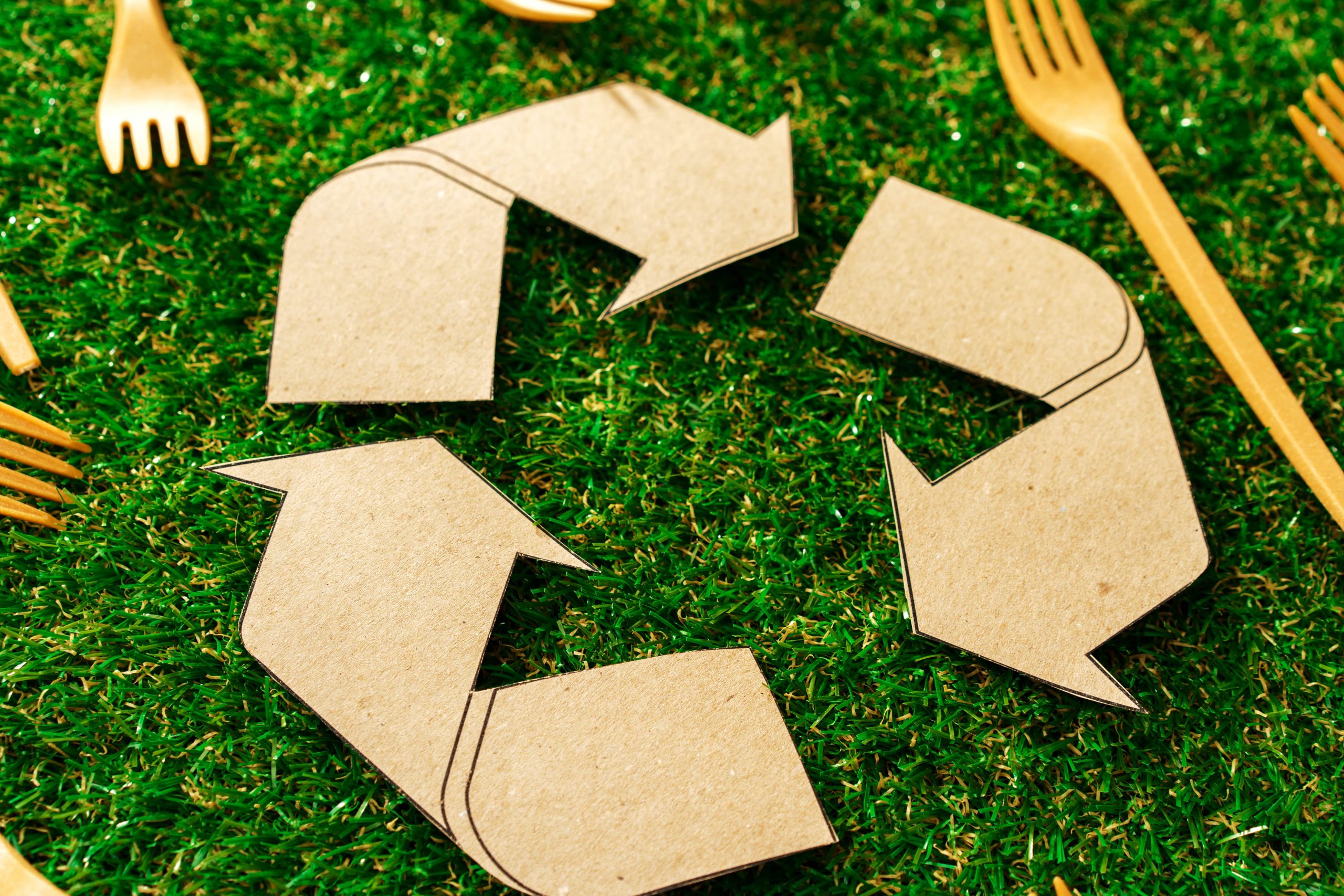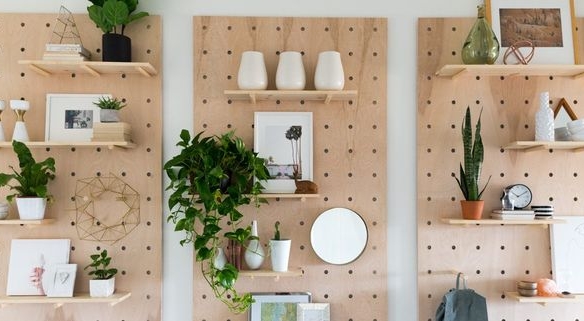DIY projects are a great way to save money, improve your home, and unleash your creativity. However, they almost always generate more waste than you anticipate. Whether you’re renovating a room, building furniture, or tackling a landscaping project, leftover materials, offcuts, and packaging quickly pile up. Without proper waste management, you could end up with a bigger mess than you started with. The good news is that with a little planning, you can minimise waste and dispose of it responsibly.
Why DIY Projects Generate More Waste Than Expected
Underestimating Material Waste
No matter how precise you are with measurements, DIY projects almost always produce leftover materials. Wood offcuts, extra tiles, paint, and hardware accumulate as you cut, trim, and adjust things along the way.
Common reasons for excess material waste include:
- Buying extra materials “just in case”
- Miscalculations that lead to overordering
- Cutting mistakes that make pieces unusable
- Packaging from new materials and tools
Unexpected Demolition Debris
DIY renovations often involve more demolition than initially planned. You might uncover damaged drywall, old insulation, or rotted timber that wasn’t in the original plan. What starts as a small project can quickly turn into a pile of unexpected debris.
If you’re working on a major renovation, it’s worth considering heavy-duty mining skip bins to contain and remove waste efficiently. These skips can handle large volumes of rubble, wood, metal, and other construction waste, preventing it from piling up around your property.
Non-Recyclable and Hard-to-Dispose Items
While some DIY waste can be recycled, other materials require specialised disposal. Treated wood, paint, adhesives, and certain building materials can’t simply go into your household bins. This means you’ll need a plan for safely removing items that can’t be repurposed or recycled.
How to Manage DIY Waste Effectively
Plan Waste Removal Before You Start
One of the biggest mistakes people make with DIY projects is dealing with waste after the fact. Instead, think about disposal options before you begin.
- Estimate waste volume – Consider how much waste your project will generate and what type of materials will be left over.
- Identify recyclable materials – Separate recyclables like cardboard, metal, and untreated wood from general waste.
- Arrange waste collection – If your project will generate a lot of rubbish, organise a skip bin or check if your local council offers bulk waste collection.
Reduce Waste at the Source
The best way to manage DIY waste is to prevent it from building up in the first place. Here’s how:
- Buy only what you need – Plan carefully to avoid excess materials. Many hardware stores accept returns on unused items.
- Use offcuts creatively – Leftover timber, tiles, and fabric can be used for smaller projects rather than thrown away.
- Opt for minimal packaging – Choose suppliers that offer eco-friendly packaging or buy in bulk to reduce waste.
Reuse and Recycle Materials
Not everything from a DIY project needs to be thrown out. Many materials can be repurposed or donated to reduce landfill waste.
- Sell or give away excess materials – Leftover paint, timber, and fixtures may be useful to someone else.
- Take recyclables to the right place – Drop off metal, plastic, and untreated wood at recycling centres.
- Repurpose materials for other projects – Old wood can be used for shelving, and leftover tiles can be turned into coasters or garden edging.
Dispose of Waste Responsibly
Once your project is finished, you’ll need to remove whatever waste is left. Avoid dumping rubbish in your household bins, as many councils have limits on large or bulky waste. Instead:
- Book a skip bin for large clean-ups.
- Use council collection services for green waste, old furniture, and appliances.
- Take hazardous waste to disposal centres to ensure safe and legal handling.
DIY projects are rewarding, but they almost always create more waste than expected. By planning ahead, reducing excess materials, and using proper disposal methods, you can keep your workspace organised and minimise the impact on the environment.




